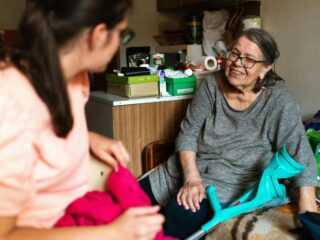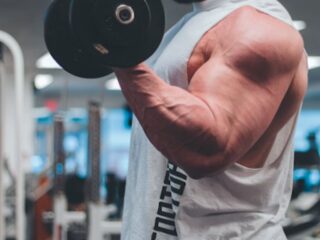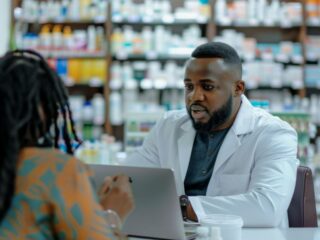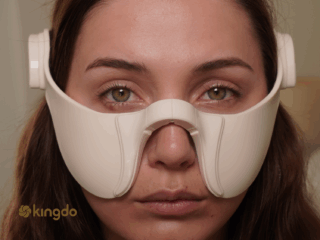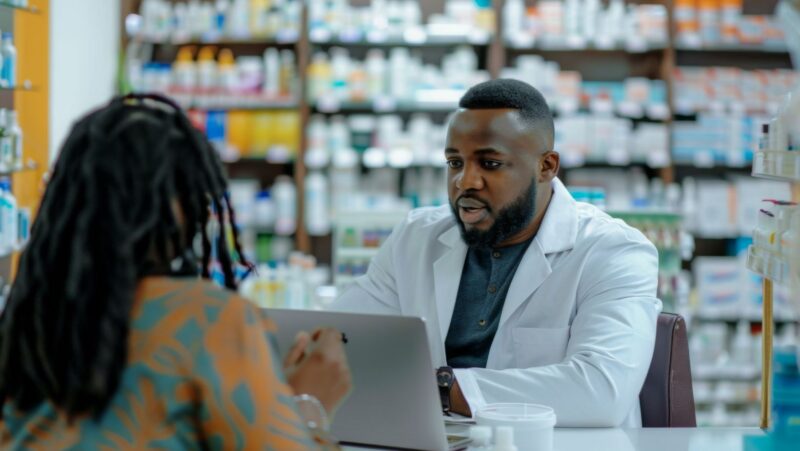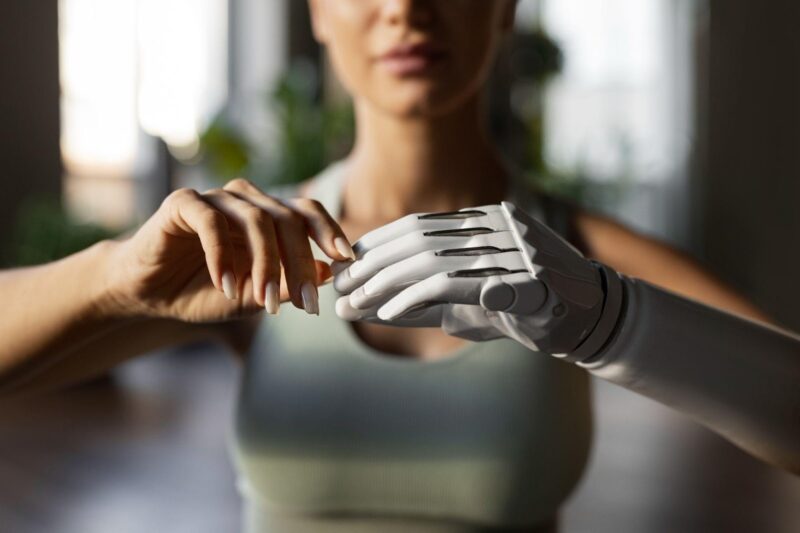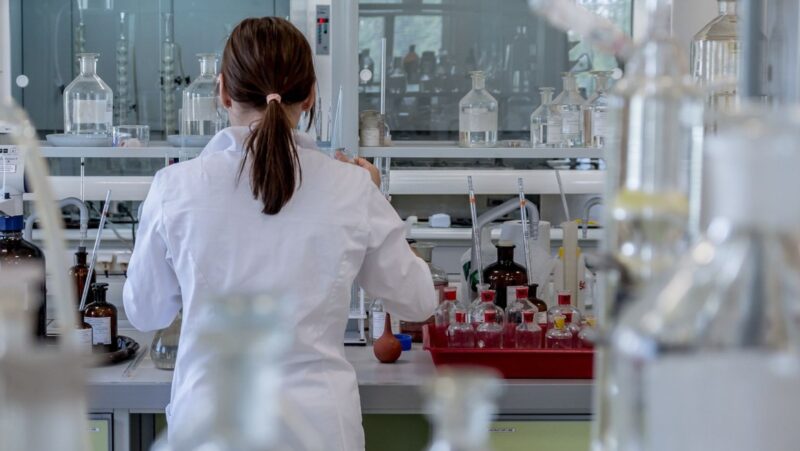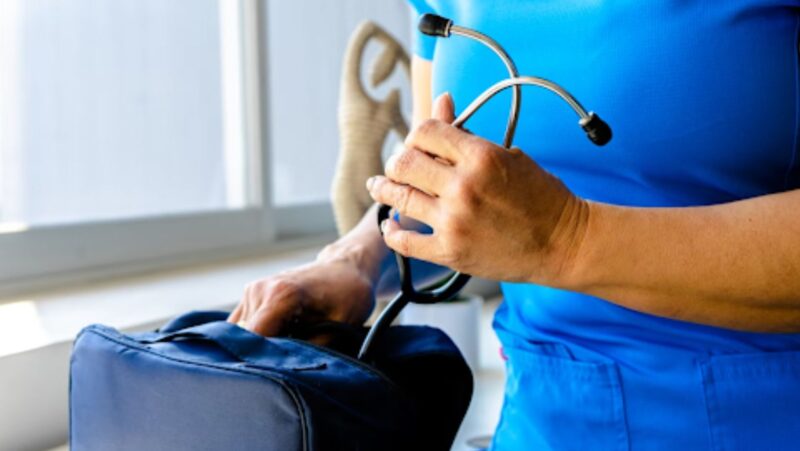
You’ll often see it among ripped guys when posing shirtless. Visible veins snake across their arms and chest. That’s vascularity.
Some people chase it for the look. Others wonder if it points to anything meaningful for health or fitness.
Is seeing your veins actually a sign that your heart and body are thriving? Or could it signal something else entirely?
Let’s break down what vascularity really means together.
What Visible Veins Really Tell About Your Body
Biologically, vascularity means blood vessels sit closer to the skin’s surface. These veins become more obvious when blood flows fast or the skin thins. Bodybuilders often see more veins during training, since:
- Lower body fat,
- Bigger muscles,
- And better blood flow – all make veins stand out.
For fitness enthusiasts, visible veins often point to intense training or fat loss. They show the body’s circulation working overtime to fuel muscles and remove waste.
So, if your veins are prominently visible, it could mean:
- Lower body fat
- Increased muscle mass
- Strong blood flow
- Temporary blood vessel expansion
- Efficient circulation during activity
How Body Fat and Muscle Influence Vein Visibility
You know why you’ll hardly spot veins even on the arms when you gain weight significantly? Subcutaneous fat! This layer covers blood vessels, making them tough to see. When fat drops, veins move closer to the skin’s surface.
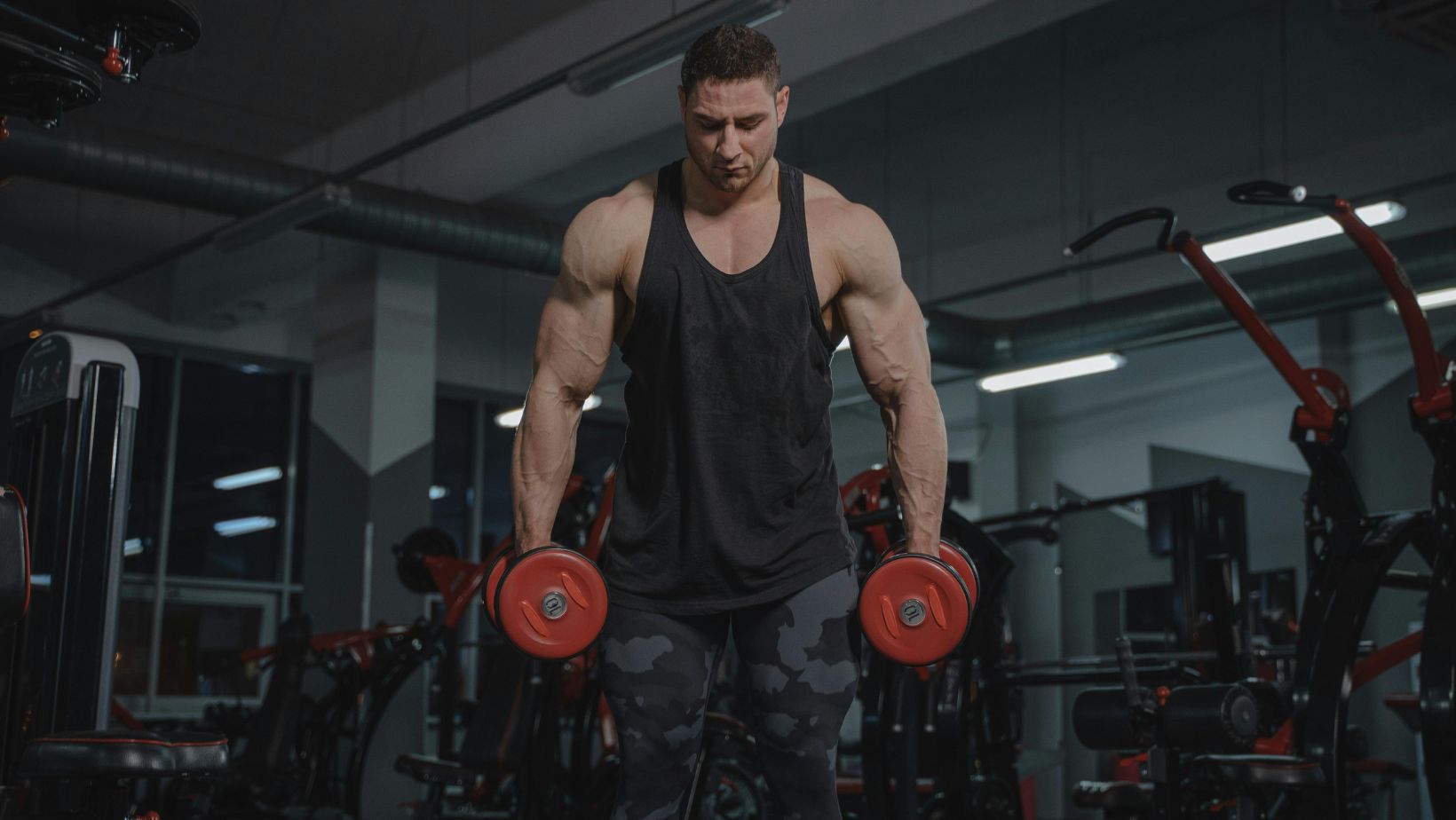
Muscle growth also helps push veins out. Think of muscle as a foundation. The more muscle beneath, the more veins get pressed up, making them more noticeable in fit individuals.
Nitric Oxide, Supplements, and Quick Fixes
Nitric oxide acts like a backstage crew for your veins, relaxing blood vessels and letting more blood reach your muscles when you exercise. This process boosts endurance and helps deliver oxygen right where it’s needed most.
Foods like spinach, arugula, and beetroot pack plenty of nitrates, which the body converts into nitric oxide. But dietary sources only go so far.
That’s why some athletes take NO-supporting supplements such as L-citrulline and Glutathione. They get more energy and see veins pop during workouts. In Performance Lab’s guide on how to be more vascular, you’ll discover that effective pump supplements also contain key ingredients like:
- L-tyrosine
- L-thianine
- Caffeine
- Vitamin D
- Iron
- Potassium
Temperature, Hydration, and Everyday Changes
Hot weather. A long shower. Besides a tough workout, these can bring veins to the surface.
Warmth widens blood vessels so they’re easier to see. Dehydration works the opposite way, making veins less obvious because there’s less blood volume.
Everyday changes in fluid intake, physical activity, as well as your environment shift how your veins look. Vein visibility often changes throughout the day for this reason.
Genetics and Why Some People Are Always Vascular
Sometimes, veins run in the family. Your DNA decides how thick your skin is, how fat spreads under it, and even how your body forms blood vessels. Genes also shape how much nitric oxide your system can make.
If your parents have visible veins, you might too, even with a different diet or fitness routine. Some people are simply born with blueprints for more noticeable vascularity.
Myths About Vascularity and Heart Health
Plenty of common beliefs about veins and cardiovascular health or fitness do not hold up under close inspection.
- Myth 1: Prominent veins show a strong heart. Visible veins usually reflect body fat, skin thickness, and genetics instead of actual heart health.
- Myth 2: All fit people look vascular. Plenty of healthy athletes never develop obvious veins due to genetic factors.
- Myth 3: Vascularity means good blood pressure. Blood pressure and vein visibility do not directly connect.
- Myth 4: Anyone can get vascular with enough training. Some people just will not see their veins much, no matter how hard they work out.
When Vein Changes Should Raise Concern
If veins suddenly bulge, hurt, or change color, it might signal something medical. Rapid changes can point to issues like blood clots, varicose veins, or circulation problems.
- Unusual Swelling or Pain:
Sudden swelling or pain along a vein can mean something serious. Blood clots, infection, or even trauma might be the cause.
- Color Changes in Veins:
If veins turn red, purple, or deep blue, pay attention. Discoloration sometimes points to blood pooling, bruising, or a circulation issue that needs quick evaluation.
- Sudden Vein Enlargement:
A vein that grows larger in just hours or days is a red flag. It may be a sign of blocked blood flow or vessel inflammation.
These are not part of normal fitness changes. When in doubt, reach out to a doctor for a closer look. Better to check early than ignore a possible problem.
Conclusion:
Vascularity usually signals a strong, healthy body. Yet it doesn’t always tell the full story. Highly visible veins could sometimes mean the actual opposite of perfect health.

